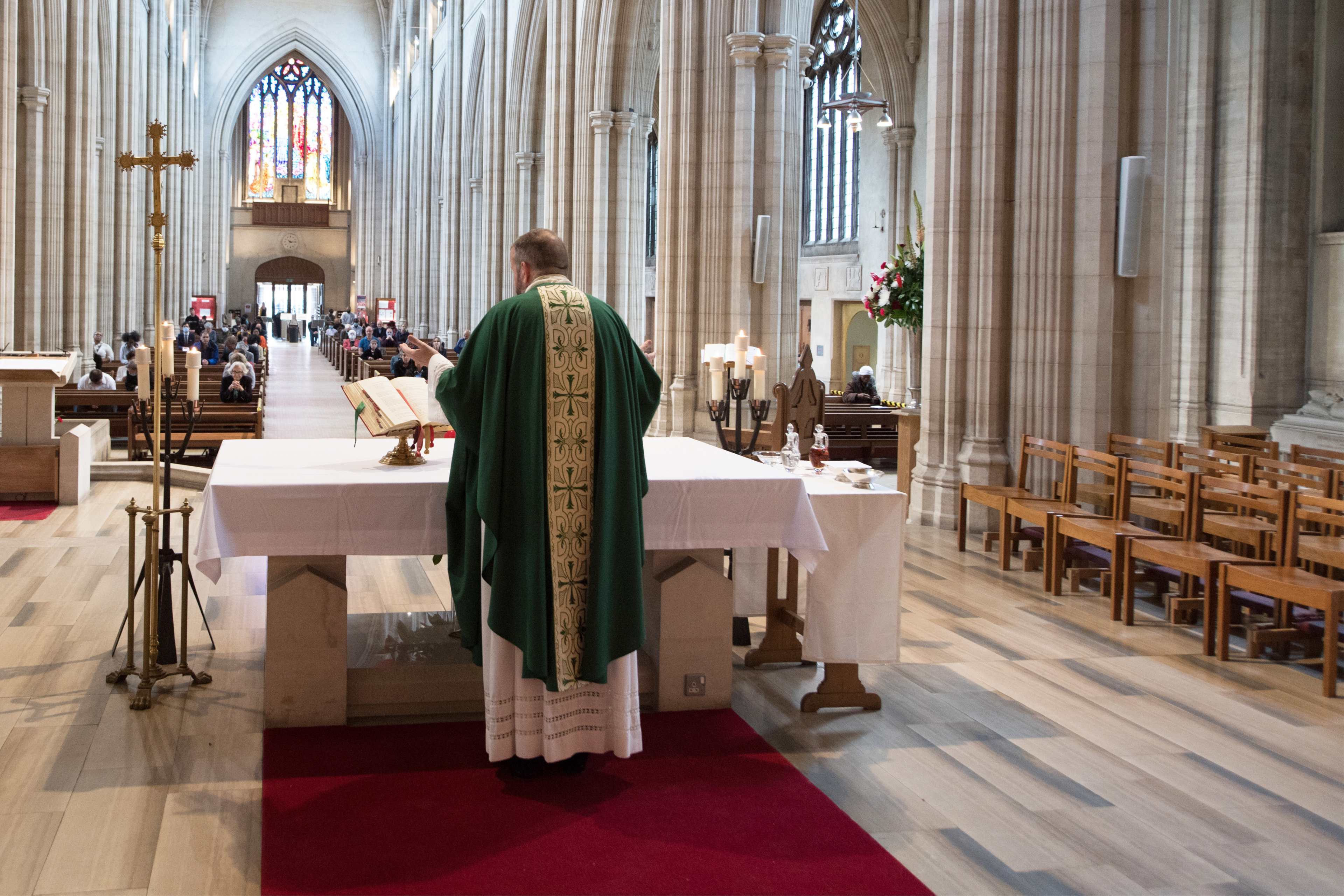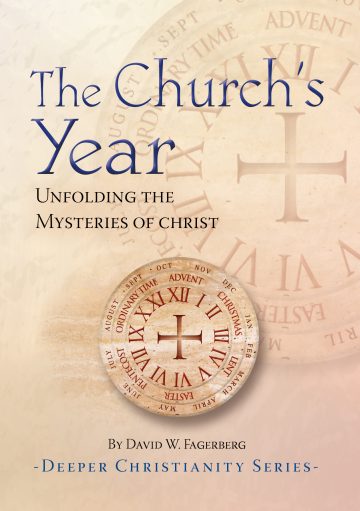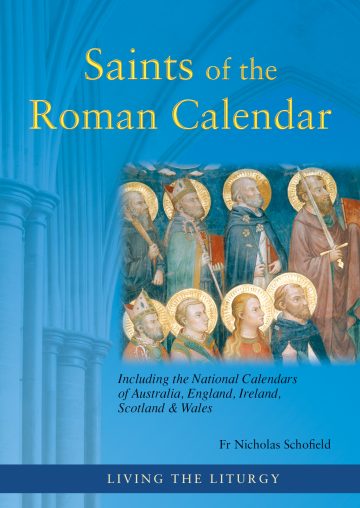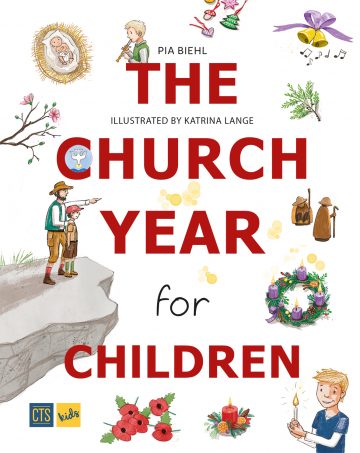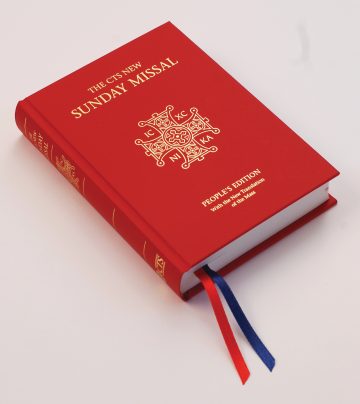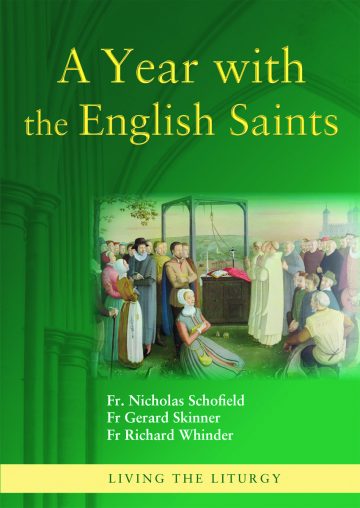Communion with God’s divine life is the daily existence of the baptised Christian. It is celebrated by solemnities like Christmas and Easter, but everyone knows that a celebration does not mean the ordinary days are unimportant. I might celebrate my anniversary with an extra fancy dinner, but that doesn’t mean I don’t love my wife the other 364 days of the year. Liturgy expresses something that should be the basic stance of every moment of our lives and that’s what the word “ordinary” means in this case, not tedious or boring, which we sometimes associate with the word. The Latin was tempus per annum: literally, “time through the year”. That is ordinary which belongs to the usual order or course: customary, regular, usual.
It is related to ordinal, which means “counted time”. These are the Sundays with numbers for names: Fifth Sunday of Ordinary Time, Twenty-seventh Sunday, etc. There are two blocks of Ordinary Time in the liturgical calendar. One follows the Christmas cycle (basically from the Baptism of the Lord, which takes the place of the First Sunday of Ordinary Time, until Ash Wednesday). The other follows the Easter cycle (basically from Pentecost all the way up to Advent of the next year). You can recognise them by their liturgical colour of green.
It’s not as if these “ordinary Sundays” lack the mystery of Christ. The Universal Norm says:
“Apart from those seasons having their own distinctive character, thirty-three or thirty-four weeks remain in the yearly cycle that do not celebrate a specific aspect of the mystery of Christ. Rather, especially on the Sundays, they are devoted to the mystery of Christ in all its aspects. This period is known as Ordinary Time” (¶43).
These Sundays don’t break the mystery of Christ into smaller pieces, they serve it up whole. Shine light through a prism and it is broken apart into a rainbow of reds and oranges and blues, but all those colours are in the white light. Shine the mystery of Christ through feasts and it is broken apart into Christmas and Easter and Pentecost, but all the aspects of Christ’s mystery are in the Sundays of Ordinary Time.
The resurrection life is celebrated on every Sunday, which led Aidan Kavanagh to say that “Sunday is not a small Easter, rather Easter is a big Sunday.” What we do every Sunday, we do in a big way at Easter. But we live from the fragrance of Christ’s resurrected flesh all year long.
The Scripture we will hear
The readings for these Sundays tend to be semi-continuous readings through certain sections of Scripture, especially through Matthew, Mark and Luke. Large portions of each Gospel are read and you can watch the chapters go by from one Sunday to the next. The calendar was revised from a one-year cycle to a three-year cycle in order to fulfil the desire of the Second Vatican Council:
“The treasures of the Bible are to be opened up more lavishly, so that richer fare may be provided for the faithful at the table of God’s Word. In this way a more representative portion of the Holy Scriptures will be read to the people in the course of a prescribed number of years” (The Constitution on the Sacred Liturgy, ¶51).
Ordinary Time is an opportunity to put the teaching of Jesus in context and follow the thought through to the end. The Old Testament lesson is selected to be congruent with the gospel reading.
And where does it lead us? To Christ, our King. The liturgical year ends with the solemnity of Christ the King. He is enthroned in our hearts as well as in heaven, in order to do his Father’s will and restore all things. “We pray that the whole creation, set free from slavery, may render your majesty service and ceaselessly proclaim your praise” (Collect for Christ the King). We tumble through repeated liturgical years like a stone in a rock polisher, being smoothed and brightened by our contact with the mysteries.
Image © Mazur/cbcew.org.uk
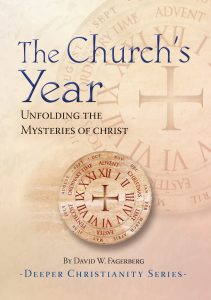 This blog is extracted from The Church’s Year, designed for catechists, teachers, and others, to explain the purpose and meaning of the Church’s calendar and how we can use it to draw closer to Christ. Click here to get your copy.
This blog is extracted from The Church’s Year, designed for catechists, teachers, and others, to explain the purpose and meaning of the Church’s calendar and how we can use it to draw closer to Christ. Click here to get your copy.
